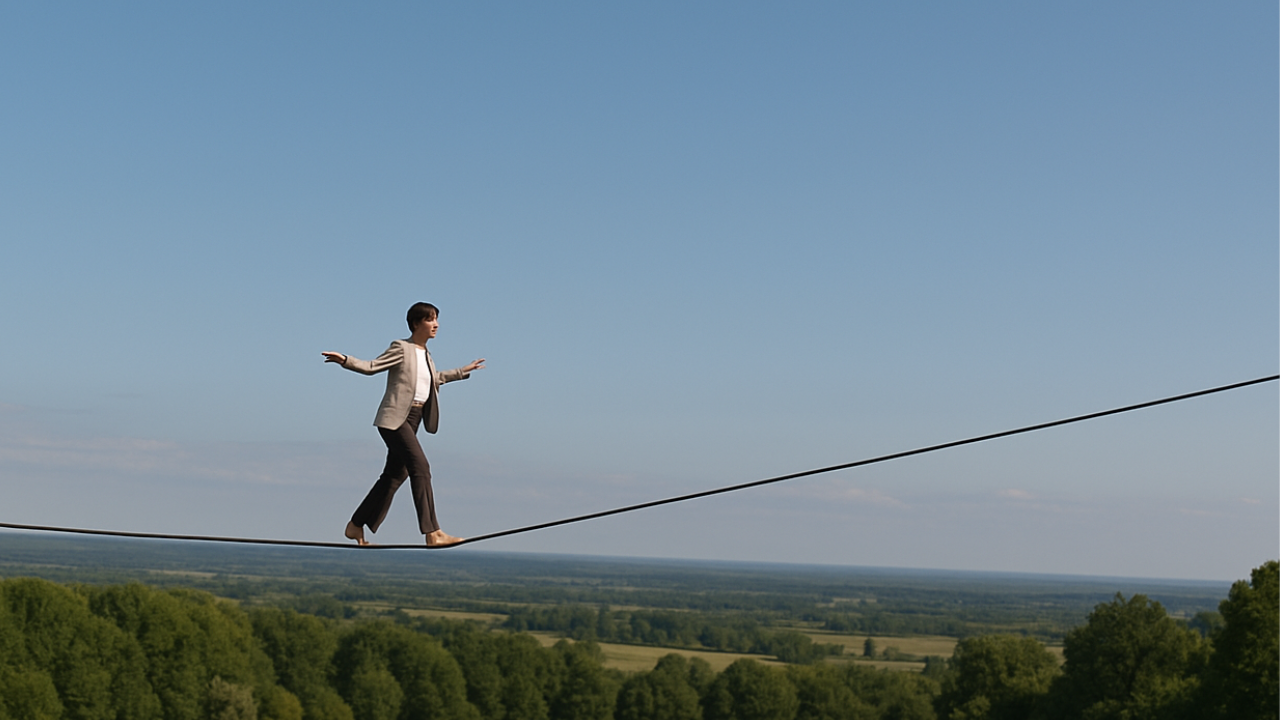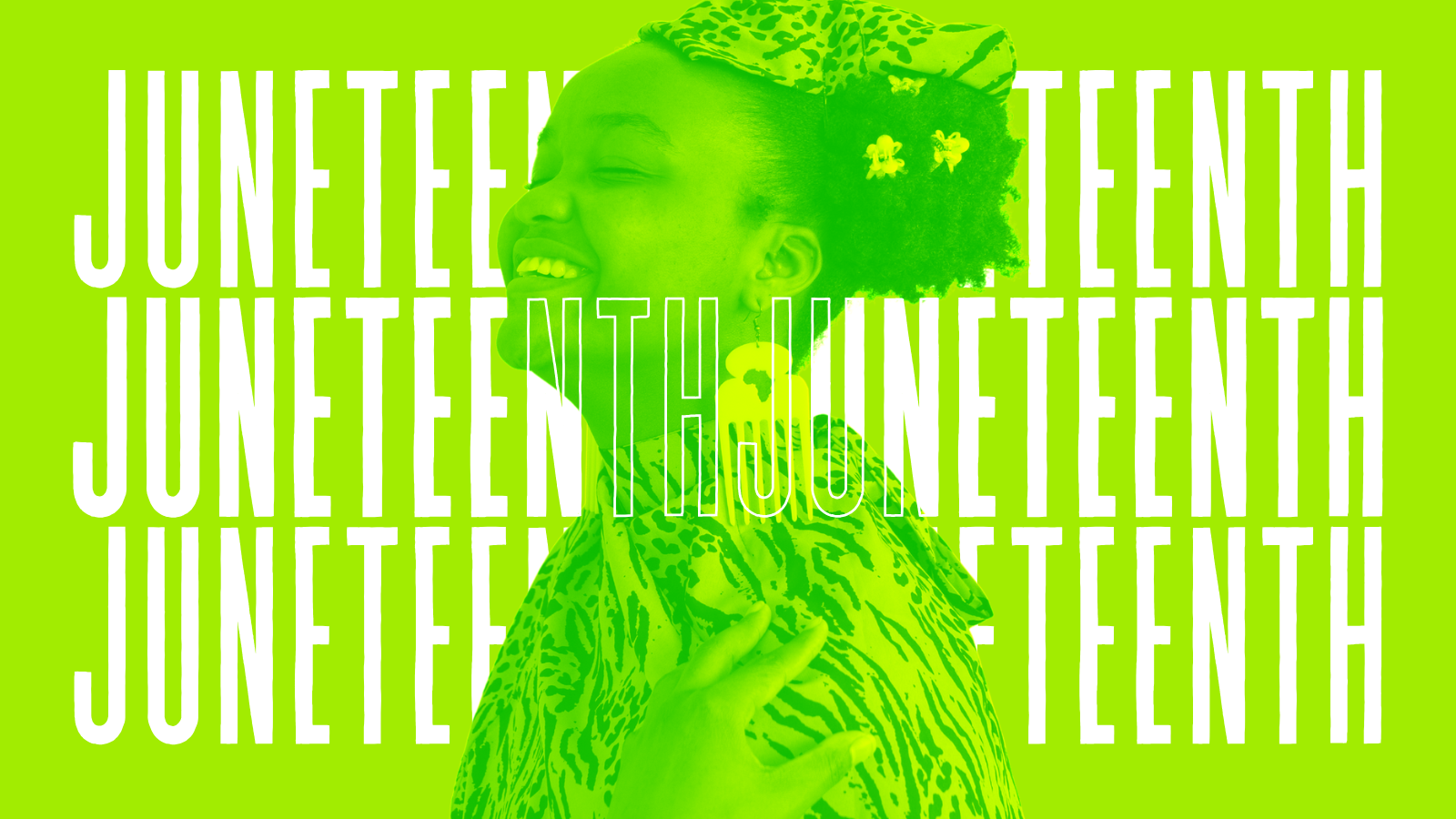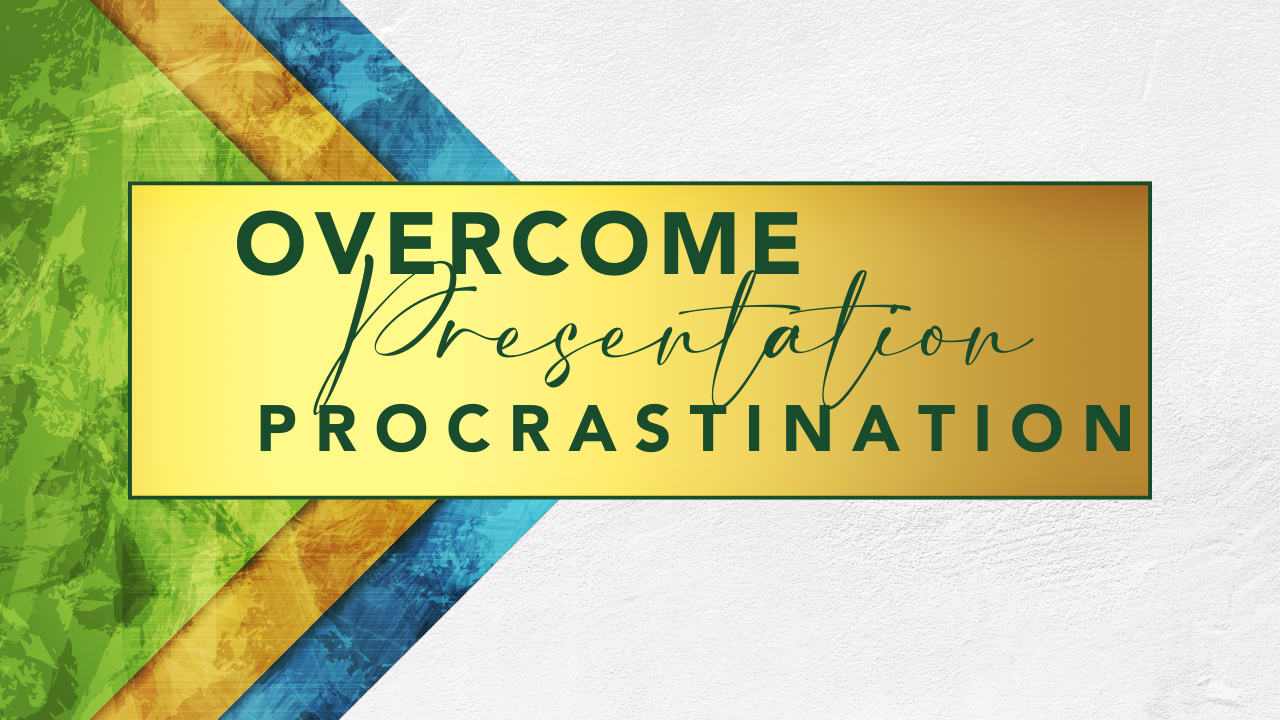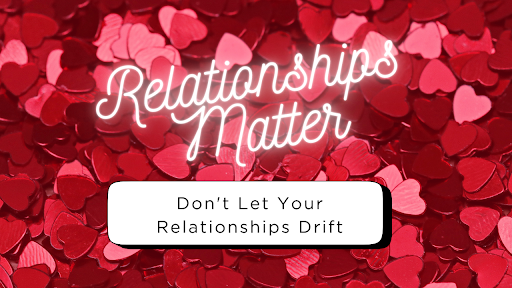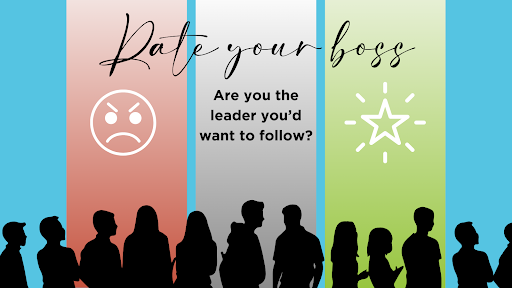At a networking skills CPE class that I facilitated a few years ago, an accountant asked me a very insightful question:
How do you turn a new contact into a meaningful connection?
That got me thinking more deeply about what’s involved in actually forming relationships – the kind that can really help you advance your career, business and life.
I sketched out my initial thoughts on a flip chart right there in the class (see image to the right), but I knew that the question deserved more thought. This flip chart has been displayed in my office for the past 3 months. [note: no PowerPoint slide would have had that kind of staying power]
How do you measure networking success?
In today’s age of digital media, many of us are under the false impression that our social media friends are “real” friends. Perhaps some are, but most of them are just contacts. People may have randomly clicked the “Connect” or “Add Friend” button. (what I call the “lazy button”). If they are a friend of a friend, then they pass the test and you accept their invitation.
As of this moment in time, I have 1,518 friends on Facebook. Does that make me more liked and accepted than the person who has only 500? Does it make me less successful than someone who has accumulated 50,000 friends on Facebook? Are these real friends or followers or just random strangers?
What about LinkedIn? I get invitations every day from strangers, most using the default invitation message. Some invites have no picture to go with a name. Is it safe to let them into your professional network? Some say that the more online connections one has, the more career and business opportunities you can create? Right? Maybe not…
The Funnel of Networking Opportunity
What I love about the networking process is that it has the potential to turn strangers into life-long friends. Of course this takes an incredible amount of time, energy, alignment, and good fortune to move from the top of the funnel to the bottom of the funnel. Not every relationship will move through to the concentrated end point. Nor should they. Notice how this networking funnel has open spaces or leaks. Some people come into your life for a reason, some for a season, and some for a lifetime. A networking relationship, like any relationship, is “at-will” and requires both parties to make the investment of time, energy, and mutual respect to maintain and grow.
Let me walk you through my thoughts as to how networking relationships migrate through this metaphorical funnel and what you can do to develop your new connections to the next stages of value.
Stage #1 – Stranger
We all start out as strangers. People who don’t yet know each other. You might have something in common, such as a common friend, the same school or community, or maybe even you come from the same race – the human race. So even though you don’t know each other, you don’t have to fear strangers. As Will Rogers once said, “A stranger is just a friend I haven’t met yet.”
- Actions you can take at this stage: Reach out and introduce yourself. Be civil, polite, and friendly. Don’t be creepy and get too familiar too soon. Don’t stalk. (remember that LinkedIn is not a dating site). Allow this stranger to choose to accept your invitation or decline. If you really want to meet them, ask a mutual friend to introduce you.
Stage #2 – Contact
You’ve made contact either on-line or in person, but still you don’t know a lot about each other. Your brain hasn’t yet found a place to file both the face and the name, but if things continue, you might just open up a mental file folder for this new person. You might find that you start to run into each other at events (online or in person) and you need to be reminded of their name. For all intents and purposes, they are a number to you. Don’t expect too much at this stage. You don’t have enough relationship equity to ask for anything…yet.
- Actions you can take at this stage:
You need to make the effort to get to know them. Spend some time researching their background on line. Find out what common connections you have with this person. Where and how do your paths cross? If you are feeling brave, reach out online or via telephone to re-introduce yourself and spend a few minutes to learn more about them. Get their full contact details and send a personalized invitation to connect to the online network that they prefer.
Stage #3 Connection
By good fortune, you have discovered that you have something in common – perhaps a shared experience, common friends, common goals or beliefs. You can now relate to each other and this starts to build the rapport process. You can laugh, smile and converse more easily with this connection. You start to notice things about them that you appreciate. You suspect that you might be able to help them or they might be able to help you move towards your goals. You enjoy their company and are curious to learn more about each other.
- Actions you can take at this stage: Make note of your conversation and what they shared with you. Send them a personalized follow up, noting these items and demonstrating that you paid attention and have a genuine interest in them. If you haven’t yet captured their contact details, please do so at this time. Make sure you are connected online and can easily communicate.
- If this connection is really interesting to you, invite them to have virtual networking coffee chat with you. I use Calendly scheduling system to make scheduling easy and automated. It’s linked to my Google calendar so I can avoid scheduling conflicts. Also no more back and forth scheduling hell.
- Or maybe you might invite them to join you at a networking event that you plan to attend (virtual or in person). If you see an article or other resource that you think would interest them, send it. If you promised to make any introductions for them, do so promptly and professionally.
Stage #4 Relationship
Time has passed and you have both invested in this relationship. You have spent quality time together. You know some details of their professional and personal life that they have shared with you. You respect and honor the confidence and trust that they have bestowed upon you. You genuinely want to see them succeed and fulfill their goals. They wish you the best as well. At this stage, you find yourself freely giving and receiving feedback, introductions, guidance, and help. You can easily pick up the telephone and speak to them. You might even reach out to them on behalf of another person. You have established relationship equity and you want to protect and nurture it.
- Actions you can take at this stage: Stay in regular touch (at least every 2 months of so). Inquire about their family and the things that are important to them. Don’t just talk business. Get personal and show that you care. Send them birthday cards. Celebrate their successes. Communicate actively (telephone and face to face), and passively (social media, email, written correspondence). Make an effort to help them achieve their goals, through facilitated networking introductions and supporting the causes that they champion. Have breakfast/lunch or dinner with them at least once/year.
Stage #5 Strategic Partner
Your relationship has entered this exciting next stage. You have created enough trust, understanding and compatibility that it makes sense to align your careers/businesses for mutual growth. Perhaps there is opportunity to refer each other to clients and prospects. Maybe you’d like to evolve this connection into a formal mentoring relationship. Perhaps you might even consider starting a business together or collaborating on new ventures, while maintaining your legal/financial independence. It may be advisable to document your agreements in writing and have an attorney review it. Discuss plainly your vision for how this partnership will work and what processes you will follow.
- Actions you can take at this stage: If you sense that there is strategic potential in this relationship, invite the other person to consider formalizing your relationship. You will need to be very transparent and forthcoming with your strategic partner in order to make it work. Clarify expectations, be transparent and forthcoming when you share information and goals. Treat this information as confidential. Schedule regular meetings (in person or virtually) and conversations as this is essential to maintain the health of this strategic partnership. Your investment of time, money and energy will largely determine the success of this partnership. Build something together. Back each other up.
Stage #6 Lifelong Friend
It’s amazing to reach this pinnacle level of friendship – one that endures the test of time and all trials and tribulations. Friendships are connections that go beyond circumstance and transactions. These people have your back. They are there for you when you need them and will help you both personally and professionally. They are forthcoming and give you the feedback that other people may be afraid to give you. They have been to your home. You have been to their home. You may have even taken vacations, trips or outings with these friends. You are comfortable doing business with them, and sharing the more personal aspects of your life. If you asked them, they would drop everything to be there for you. You have done the same for them.
- Actions you can take at this stage: Don’t take them for granted. This is a significant relationship in your life. Don’t let them drift away. Make it a priority to connect regularly with them, and to spend quality time together. Be loyal and faithful to them. If you are in town, make an effort to stop by and visit. Pick up the phone and reach out. Even if you get their voice mail, hearing your voice will make them feel better. Send cards, write letters, share photos, create memories together. You are there to lift each other up. Encourage, support and motivate each other! In sickness and in health, you are there for them.
Put these ideas into action
Review your professional and personal networks. Ask yourself which people are in which stages of the networking funnel of opportunity. Are you happy where they are, or do you think there is more (or less) potential with that person. Realize that you cannot move everyone through this funnel at the same time. You will most surely get a major clog.
Decide which relationships deserve more nurturing – more of your time and attention. Then start applying your relationship-building skills…at work, at home, in your community. Your relationships will not only determine how much social capital you have, but also how much happiness and belonging you experience.
Need more help leveraging your professional network to grow your career and business?
1.
Read my book, Networking Ahead 3rd edition. Available in
paperback at Amazon and eBook (Kindle and
Nook).
2. Become a bold, more fearless networker by enrolling in my 8-week group mentoring virtual program,
The Fearless Leader – designed to help you to get your career, business, and life back on track. Feel the fear and network anyway! Learn more at
www.TheFearlessLeader.com
3.
Invite me to be your guest speaker to your networking group, or hire me as your keynote speaker for your upcoming conference or meeting.
4. Hire me as an expert trainer to improve your team’s skills and confidence in the critical area of networking and relationship building. Click here to see my training programs and webinars.


